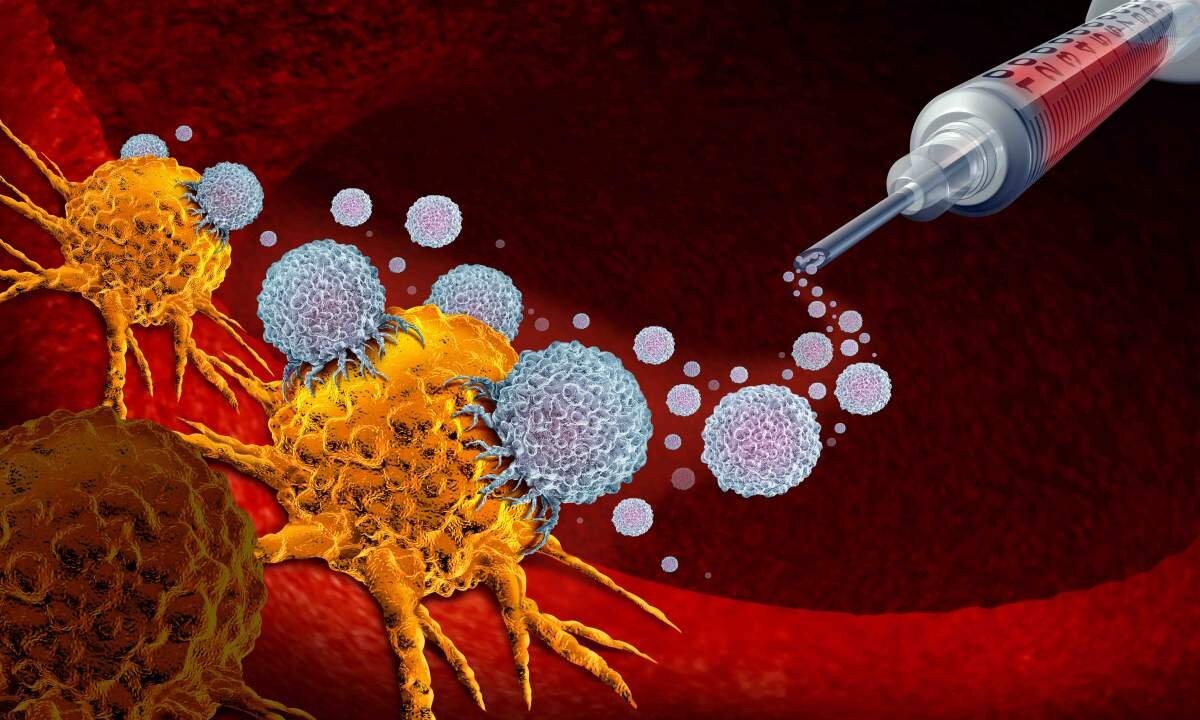How telehealth technology prevents COVID-19 transmission

Telehealth connects patients to essential healthcare services through remote monitoring, video conferencing, electronic consultations, and wireless communications. Telehealth (e-health) supports the delivery and assistance of health and health-related services, which involves medical care, patient education, health information services, and self-care via telecommunications and digital communication technologies. Telehealth aims to make healthcare accessible by providing clinical access to people who reside in remote or isolated areas. Telehealth necessitates the use of hardware, software, connectivity, attainment, storage, and retrieval of data display. Simultaneously, the health care providers have to be trained, with customizations...
Emerging Technologies for Diabetes Care

New therapies, monitoring, and revolutionary enabling technologies applied to healthcare represent an historic opportunity to improve the lives of people with diabetes. These advances enable more meaningful monitoring of blood glucose values with the facilitation of more optimal insulin dosing and delivery. Newer insulins and delivery systems are in development that seek to mitigate both hyperglycemia and hypoglycemia and increase time in range. Information systems now exist that may be leveraged to merge data from previously discrete systems into new models of connected care. This review highlights important developments that serve to increase effectiveness while reducing the burden of diabetes care in the near future.
What are Cochlear Implants & How Do They Work?
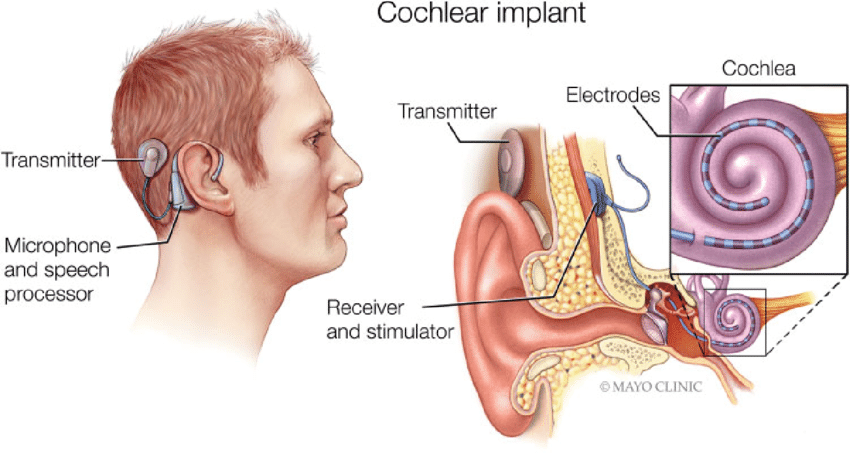
A cochlear implant is a small electronic device that helps people hear. It can be used for people who are deaf or very hard of hearing.
How Do Epigenetic Changes Affect Genes?
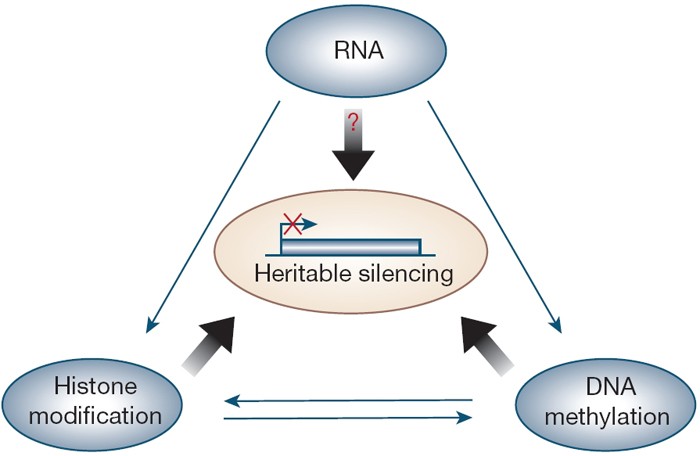
Epigenetics involves genetic control by factors other than an individual's DNA sequence. Epigenetic changes can switch genes on or off and determine which proteins are transcribed.
The Future of Neurosurgery
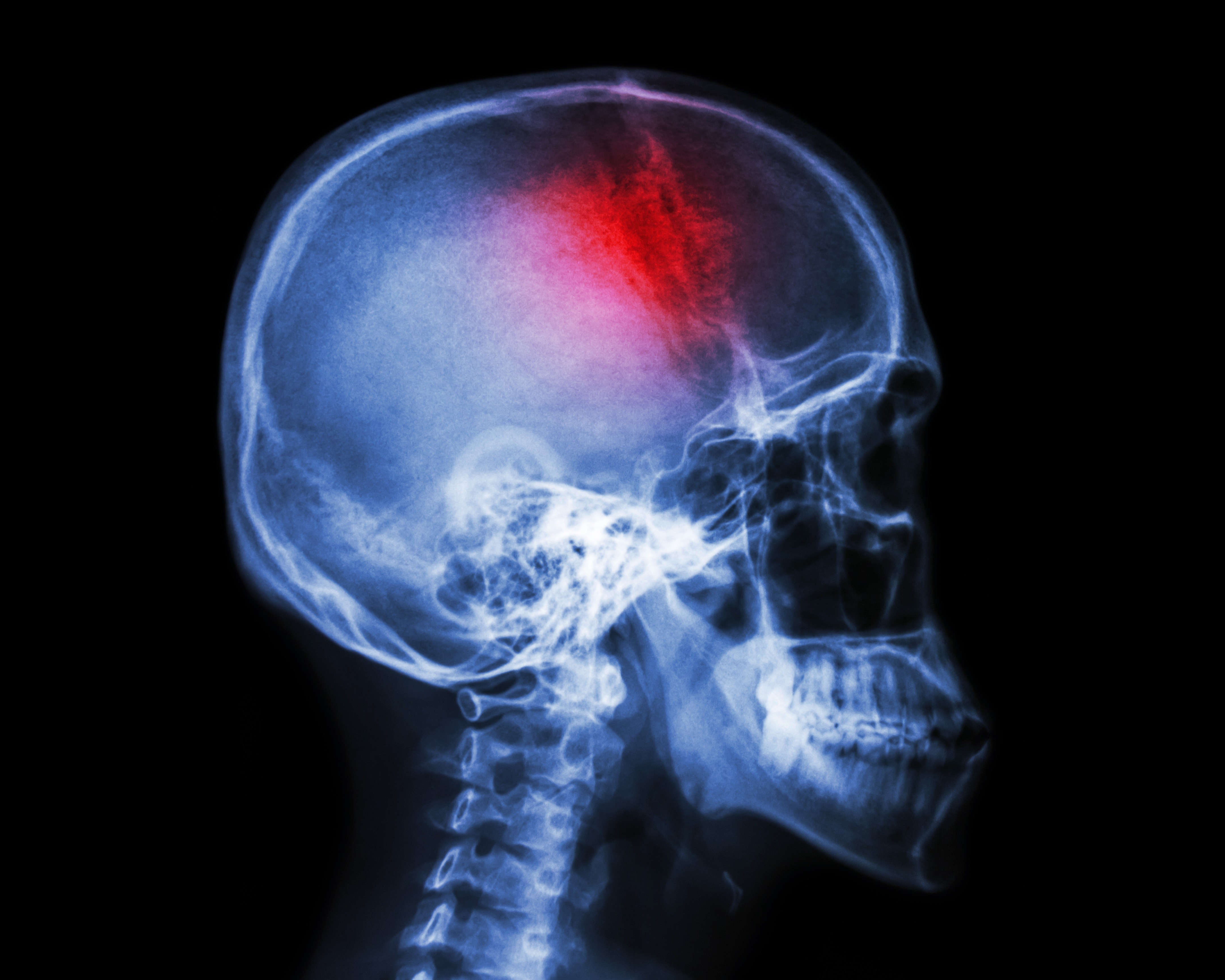
Neurosurgery devices are used for diagnosis, prevention and treatment of a range of neurological conditions and disorders including diseases such as hematoma, brain aneurysm, traumatic brain injury and major spinal cord injury. The neurosurgery devices include instruments and devices that are used in the most common surgeries to even the most complex surgeries.
Sequencing the human microbiome in health and disease
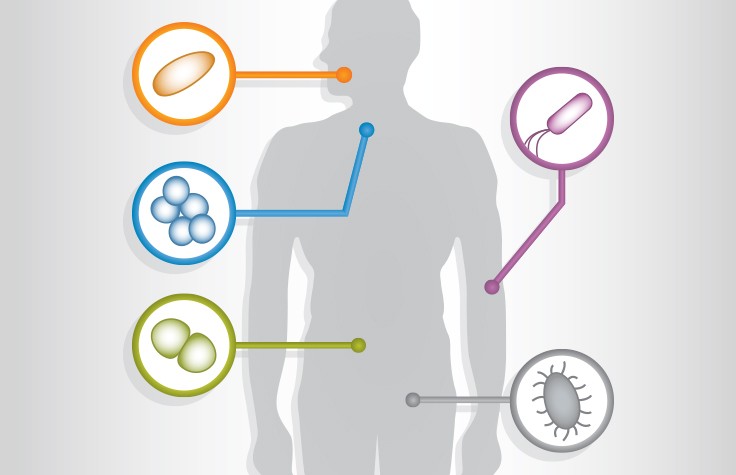
Path to genome sequencing has changed human microbiome research from focusing on identity characterizations to metagenomics strategies that reveal not only microbial species but also how microbial metabolic activities correlate with human health and disease. The interaction between the human microbiome and the immune system has an effect on several human metabolic activity. Research studies are going on to identify the relation between composition between the microbiome and infectious disease.
Medical Tourism in a Viral World

Medical Tourism refers to where people from one country travel to another country to receive medical, treatment. People travel for medical care because of affordability, better access to care or a higher level of quality of care. "Domestic Medical Tourism" is where people who live in one country travel to another city, region or state to receive better medical treatment or greater care than they would have in their own home city. Medical tourism most often is for surgeries, like cardiovascular, cosmetic and others. However patients also travel for dental tourism or fertility tourism purposes. People with rare conditions may travel to countries where the treatment is better understood. However, almost all types of health care are...
CRISPR-Cas9: The Gene Editing Tool Changing the World

CRISPR and CRISPR-Associated (Cas) Genes is a genome editing tool that enables the researchers to make changes in the DNA. CRISPR-Cas9 stands for clustered regularly interspaced short palindromic repeats and CRISPR-associated protein 9. In recent years the CRISPR and CRISPR-Associated (Cas) Genes has gained lot of popularity as it offers it is cheaper, faster, accurate, and more efficient genome editing methods.
What Is an Electroencephalogram (EEG)?
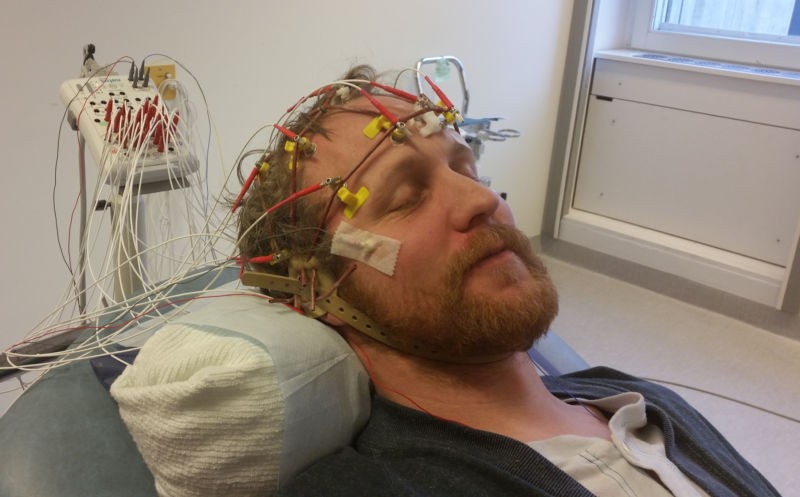
Electroencephalography (EEG), noninvasive technique to record electrical activity of the brain. These devices are used to diagnose r tumors, stroke and other brain disorders. They also help to record the change in mental status or an altered level of consciousness. Alzheimer's disease (AD) and other dementias, epilepsy, Parkinson's disease (PD), and acute ischemic stroke are major neurological disorders. As per the World Health Organization (WHO) neurological and psychiatric disorders are an important and growing cause of morbidity.
